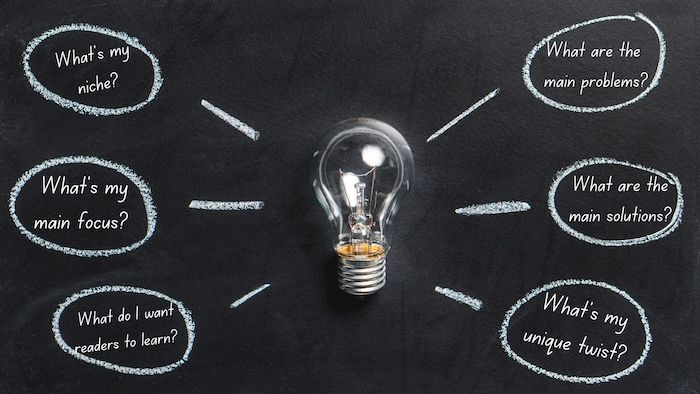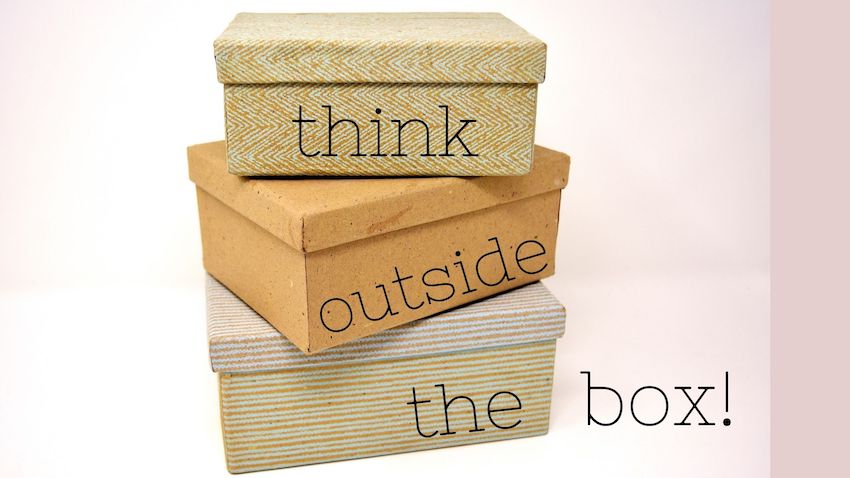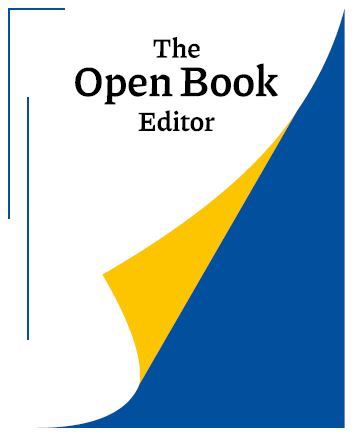The self-help book market is a booming in the UK, with over 3 million purchased every year and a steady annual rise in readership. It’s a superb market to enter if you have relevant knowledge or experience to share.
But what is a self-help book, and what makes it different from others in the non-fiction genre? A self-help book should instruct readers on how to solve personal problems, be they emotional, financial, or intellectual. If you’ve pinpointed a particular problem and are passionate about sharing your solutions, this guide will help get you started writing the next great self-help book!
1. Focus on your niche
Before you put pen to paper and form a daily writing habit, you need to figure out what you want to write and how to best communicate your message with your target audience. If your subject is too broad, you risk confusing people or failing to interest them. But get too technical and you will lose lay-readers hoping for a solid introduction to the topic. It’s important to understand the overall purpose of your book; so you can ensure a cohesive theme from beginning to end.
For example, if you’re writing about relationships, is the primary purpose of your book to help people feel confident? Is it to teach them tips to communicate with their partner? Or perhaps you want to offer advice on how to avoid bad relationships. Being specific about your aim will help readers understand exactly how your book can help them. It will also make it easier to market and sell.
Once you know the purpose of your self-help book, determine your take on the topic. This is especially important if it has already been covered by other writers. Create a list of what makes your knowledge and experience unique. Be sure to read your competitors’ books, as well. This will make it easier to brainstorm your own special twist, so your book stands out.

2. Do–and show–your research
The best self-help books are well researched. If you want your reader to take you seriously, you not only need to be an expert on the topic, but also provide convincing empirical data.
(Most self-help readers don’t want to see pages and pages of data. Use charts, diagrams, and images to present any information in fun and memorable ways.)
Whether the data you use is based on statistics, observation, or anecdotal evidence, you will improve your credibility by citing your sources. Don’t leave this until the last stages when you edit your book. Cite your sources as you go to ensure you don’t miss any or have to spend hours completing this task later. And double- and triple-check them once you reach the book editing stage.
3. Outline, outline, outline
Self-help books don’t follow a storyline or character arc the same way a work of fiction does. This results in a looser chapter structure where, although you want to present information in as logical an order as possible, it’s not uncommon to need to reference information from earlier or later chapters as you write.
For example, you might introduce a topic in one chapter, only to go into more depth later on. Without a plan, you won’t know which chapters to reference and when, meaning you’ll have to leave notes and go back and do it later. Again, this is not only a lengthy exercise you can avoid, but you also risk missing moments where a chapter/section reference would be useful.
The other benefit of using a plan is consistency. With a chapter outline, you can present information similarly from chapter to chapter. This makes it easier for your readers to digest, especially those new to the subject.
Lastly, an outline also enables you to get an idea early on of whether you are meeting your goals for the self-help book. At a glance, you can see if all the important information is included, the order it is presented, and how.
Below is an example of a chapter template. By keeping the template the same for each chapter, you ensure you present information consistently. The questions also serve as a prompt to include the principal components of your self-help book. For example, maybe interactive exercises will help your readers absorb your message. By including a prompt in your chapter outline, you remind yourself to include such exercises (where appropriate).
Chapter outline template
Chapter #
- Open with a quote or relatable anecdote linked to the particular issue/solution you plan to discuss in this chapter.
- What should the reader take away from this chapter?
- Define the core problem you want to address and its solutions
- What data is included and how is it presented?
- Does this chapter reference any other chapters?
- Does the chapter include any interactive exercises?
- What are specific and simple action tips your reader can implement in their own lives? (Make sure you give your reader something to do.)
One great technique to help your readers retain information is to finish each chapter with a summary of the key points. Keep it simple (bullet points are your friends) and don’t overwhelm readers with too many. Five to eight key points is a good balance at the end of the chapter.
4. Use personable language in your self-help book
This doesn’t apply to every self-help book, but a casual approach to language usually works well to reach a wider audience. Imagine you’re sitting down for a coffee with a friend and plan on sharing some of your knowledge or experience with them. Something they know little about. You wouldn’t use stilted phrases or complicated jargon, would you? No, you’d use casual, everyday language and simple examples.
This is how you should communicate with your readers via your self-help book. Where possible, avoid overly formal language or complex words, and keep your writing simple and direct. And where possible, avoid the passive voice; self-help readers want something to action, so they engage more with active writing.
Furthermore, remember to address your reader directly—as ‘you’—so they feel you’re speaking to them.
5. Find creative ways to guide your reader through the self-help book

While we recommend following guidelines to write a self-help book, there is still plenty of room to get creative. Maybe you want to conclude your chapters with a little quiz to help them retain information. Or connect with your readers through song lyrics, famous quotes, or short anecdotes sprinkled throughout each chapter. Make the journey enjoyable for your reader, so they come away feeling inspired by your self-help book and ready to implement your wisdom in their own lives.


